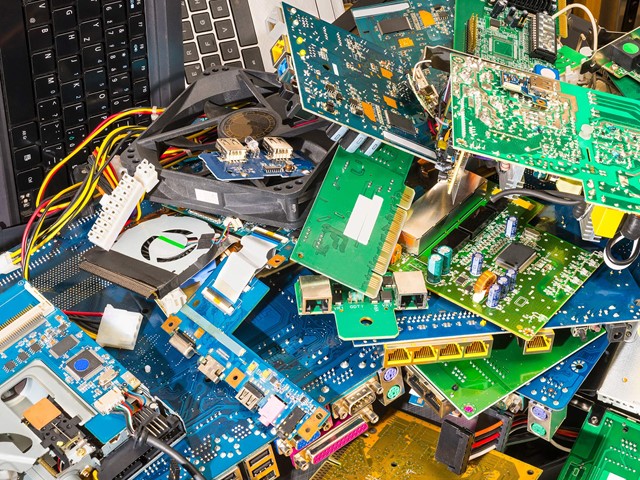E-waste refers to electronic appliances that have reached their end-of-life, like clothes washers, cell phones, refrigerators, computers, TVs and microwaves. Electronics contain ferrous and non-ferrous metals, glass, circuit sheets, wood, plastics, rubber, ceramics, etc. The primary constituent of e-waste is steel and iron representing half, non-ferrous metals about 13% like aluminum, copper, plastics about 21% and precious metals, for example, gold, silver, palladium, platinum, etc. Electronic waste e-waste is a quickly developing waste that is increasingly becoming a significant environmental problem around the globe.

Health danger of e-waste
Illegal dumping and land-filling of e-waste contribute to poisonous chemicals in the environment. Some of the techniques used to recycle פסולת אלקטרונית include disintegration in acids and consuming, often with very few measures being set to protect the environment and human health. Consumers and workers are often exposed to chemicals present in electronics through their life cycle, with workers involved in unprotected taking care of e-waste getting health problems through inward breath and skin contact. These workers are often reported to have blood that contains a significant level of flame retardants, emerging from being exposed to contaminated air.
Management of e-waste
E-waste contains different poisonous elements like mercury, lead, selenium, arsenic and chromium. Unlike mechanical and metropolitan waste, e-waste requires special taking care of techniques because of the presence of poisonous, expensive, and valuable materials. Proper management of e-waste calls for effective efforts of recovering base and reusable components, especially precious metals and copper. However, because of inadequate facilities to recycle, extreme environmental regulations and high work costs, numerous countries resort to export or landfills to dispose e-waste. Tens of a great many e-waste is generated yearly with a huge portion ending up in landfills and dumpsites. As indicated by research discoveries, just 15% to 20% of e-waste gets recycled, with the rest being dumped in developing countries.
E-waste recycling offers a better choice of arranging electronic waste. The benefits e-cycling offers are many. Most importantly, it helps to conserve characteristic resources. Electronics contain valuables, for example, aluminum, copper and gold which can be recycled to make new items, conserving characteristic resources. Secondly, recycling helps to reduce greenhouse gas emissions. Regularly, the use of recycled materials helps to consume less energy compared with utilizing virgin materials and when less energy is used, the greenhouse gases emitted are fewer. Third e-cycling helps to protect the environment and our health. A modest quantity of poisons contained in electronic released into the water, air and soil can prove perilous. Therefore, e-cycling helps to protect the environment and our health, by keeping these harmful substances from landfills.
